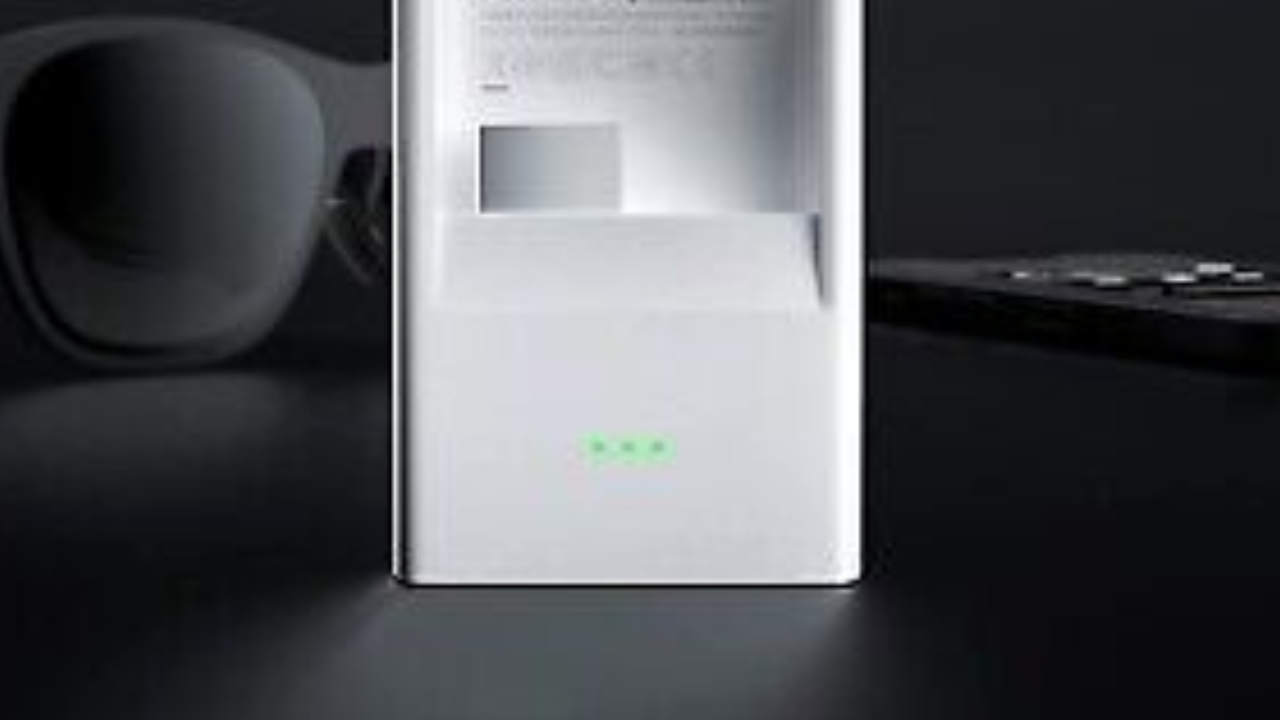In the ever-changing world of technology, the innocuous connection is essential to maintaining our gadgets’ flawless connectivity. The connection changes with every new iPhone model to account for improvements in functionality and design.
Connectors are the unsung heroes of our interconnected digital world, ensuring that our devices communicate, share data, and receive power efficiently. While iPhones, especially those up to model 14, have witnessed a transition from the iconic 30-pin connector to the Lightning connector, the ever-changing landscape of technology suggests that future iterations may embrace more universal standards like USB-C.
As we look beyond iPhones, connectors https://www.xreal.com/adapter/ like USB-C, Thunderbolt 3, HDMI, and wireless technologies play pivotal roles in connecting a diverse array of devices. The emphasis on versatility, speed, and convenience continues to shape the design choices of connectors, ultimately enhancing the user experience.
Understanding iPhone Connectors:
Apple’s commitment to innovation is evident not only in the features of their iPhones but also in the connectors that facilitate communication and power transfer. iPhones up to model 14 (as of the latest available information) have seen various connector iterations, each designed to improve user experience and device functionality.
Revolutionizing Connectivity
30-Pin Connector
iPhones up to the 4th generation were equipped with the iconic 30-pin connector. This versatile connector served multiple purposes, including charging, data transfer, and audio output. Its wide adoption made it a standard feature in numerous accessories, from charging docks to audio interfaces. However, with advancements in design and the need for slimmer devices, Apple eventually transitioned to a more compact connector.
Lightning Connector
The Lightning connector marked a significant shift in Apple’s design philosophy. Introduced with the iPhone 5 and subsequently used in models up to the iPhone 14, this reversible connector simplified the user experience by allowing insertion in either orientation. Its compact design was well-received, and the Lightning connector became the standard for charging and data transfer on iPhones. While it brought several advantages, including faster data transfer rates, the Lightning connector was not without its challenges, primarily its proprietary nature.
USB-C Connector (Speculation for Future Models)
As technology continues to advance, speculation arises about the potential adoption of USB-C connectors in future iPhone models. USB-C, known for its universality and versatility, has gained widespread acceptance across various devices. If Apple chooses to make the shift, users can expect faster charging, higher data transfer rates, and increased compatibility with a broader range of accessories.
Beyond iPhone: Connectors for a Variety of Devices:
Connectivity is not limited to iPhones alone. As technology integrates into various aspects of our lives, the need for versatile connectors becomes increasingly apparent. Let’s explore connectors that go beyond iPhones, bridging the gap between different devices and ecosystems.
USB-C
USB-C has become the standard connector for many modern devices, including smartphones, laptops, tablets, and accessories. Its reversible design, high data transfer rates, and ability to deliver power make it a versatile choice. Devices like MacBook Pro, iPad Pro, and an increasing number of Android smartphones now feature USB-C ports, contributing to a more unified connectivity experience.
Thunderbolt 3
Thunderbolt 3, developed by Intel in collaboration with Apple, offers high-speed data transfer, power delivery, and video output in a single cable. Initially introduced in MacBook Pro models, Thunderbolt 3 has expanded its reach to various Windows laptops and peripherals. Its ability to daisy chain devices makes it a valuable connector for users seeking a streamlined and efficient setup.
HDMI
HDMI (High-Definition Multimedia Interface) remains a staple for connecting devices to external displays, TVs, and projectors. Its ability to transmit high-definition audio and video signals in a single cable makes it ideal for a range of applications, from home entertainment systems to professional presentations.
Wireless Connectivity
In the era of wireless technology, connectors are not always physical. Wireless connectivity options like Bluetooth and Wi-Fi enable devices to communicate seamlessly. From wireless headphones to smart home devices, the absence of physical connectors enhances user convenience and contributes to a clutter-free environment.
Conclusion
Whether you are syncing your iPhone, connecting your laptop to an external display, or enjoying the wireless freedom of Bluetooth headphones, the world of connectors is vast and evolving. As we embrace the next wave of technological innovations, connectors will undoubtedly remain at the forefront, bridging the gap between devices and propelling us into a more connected future.
